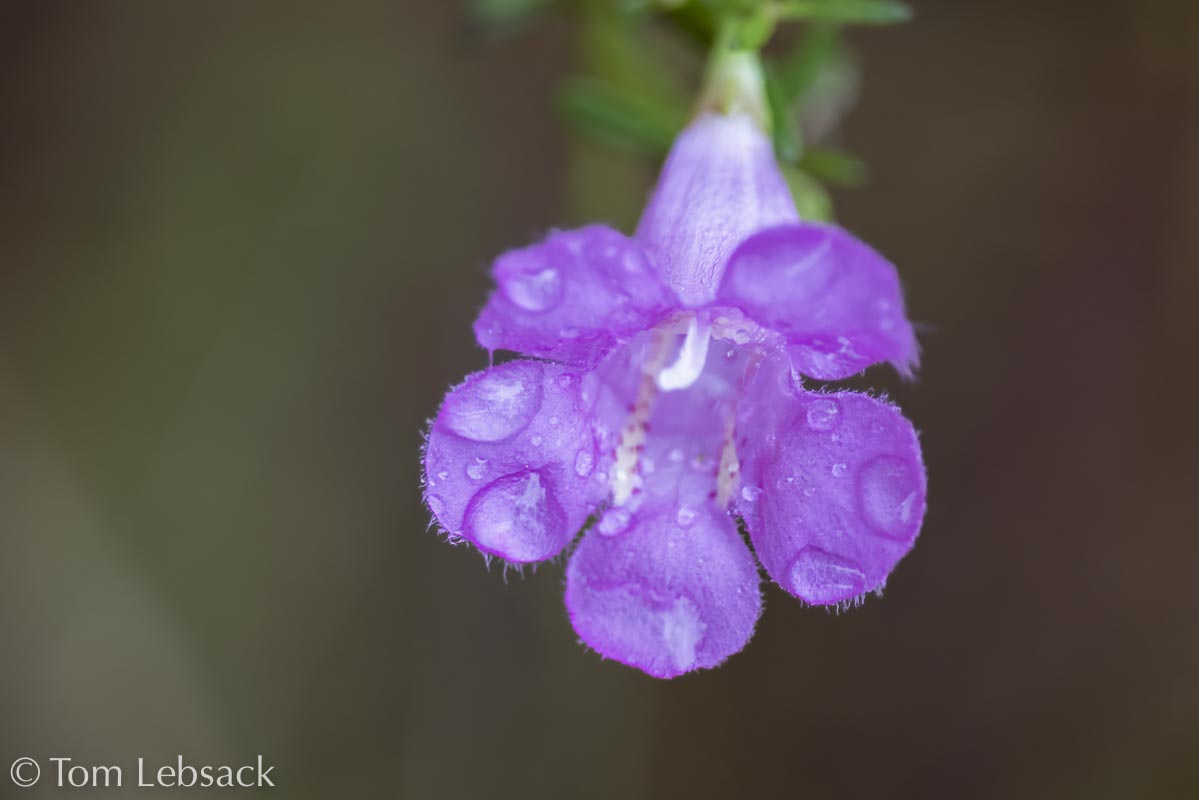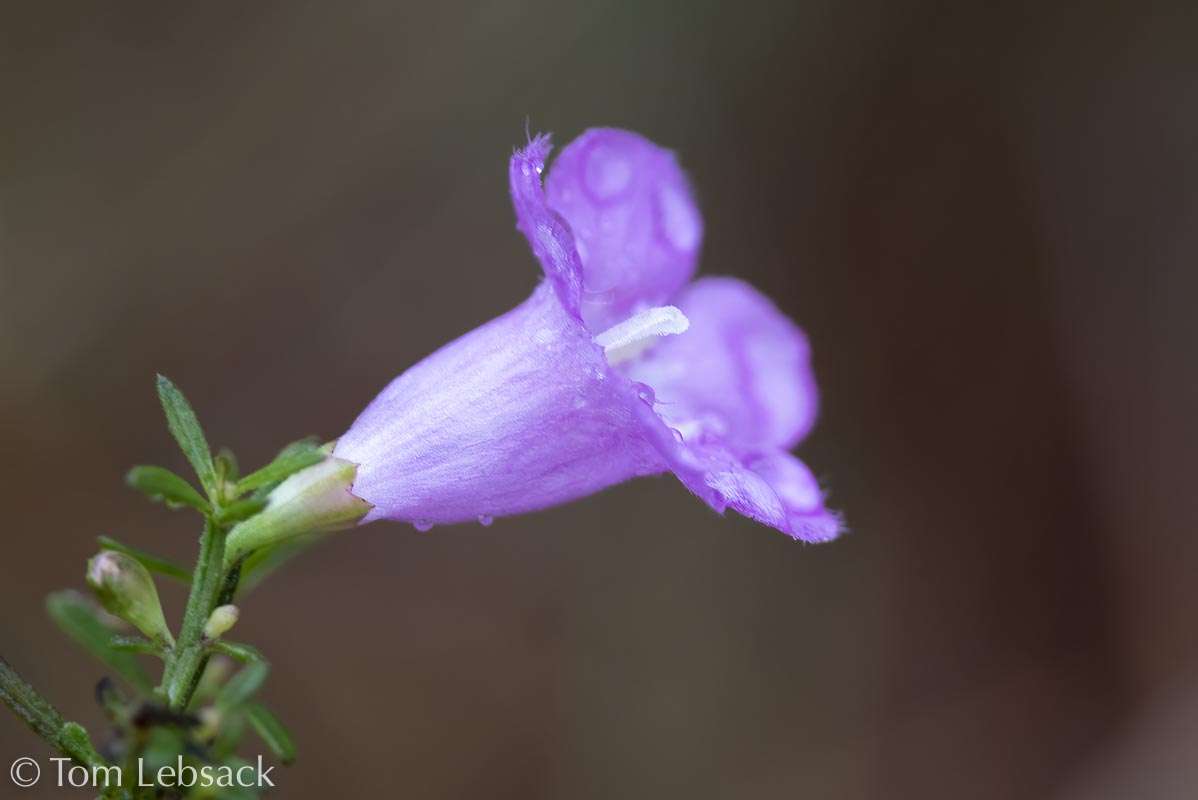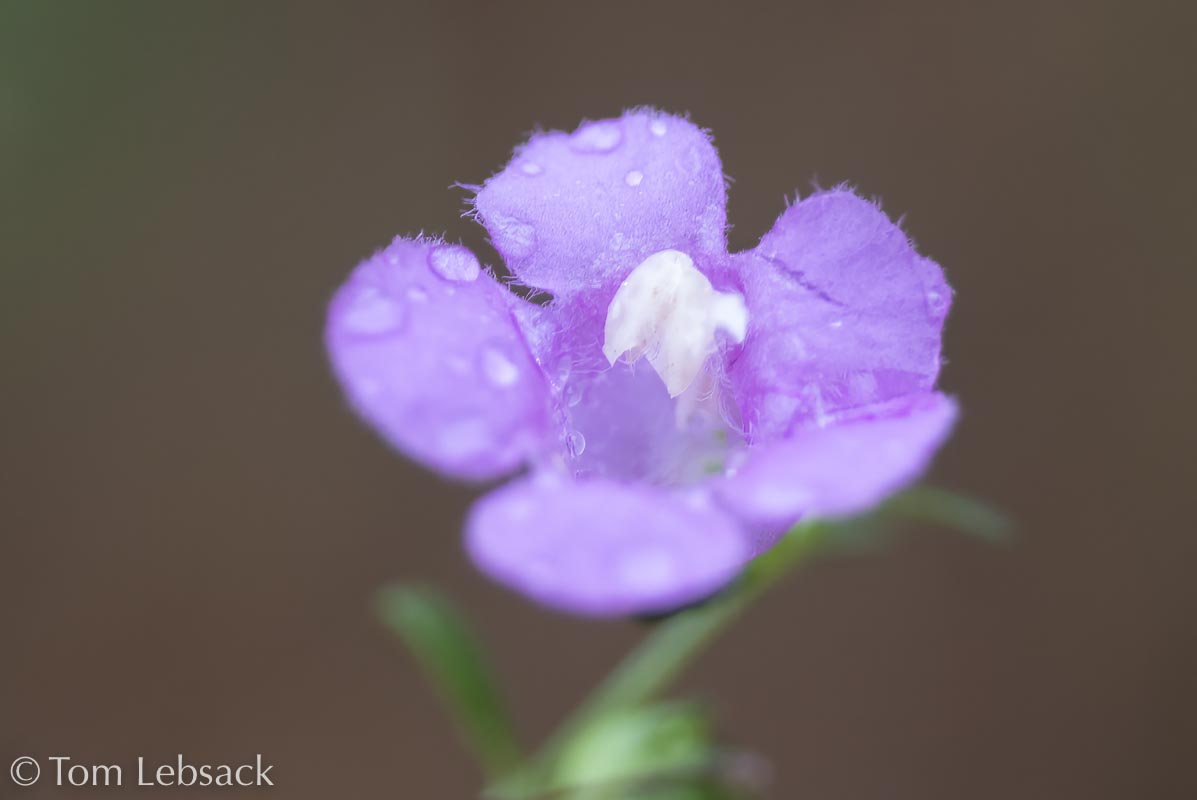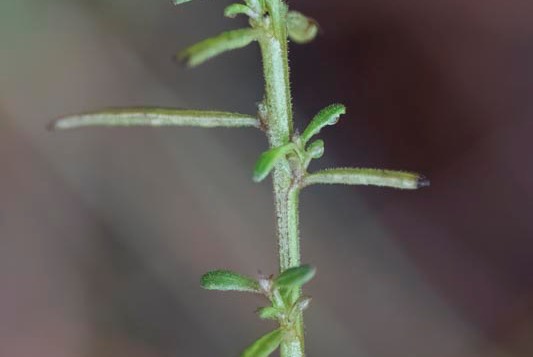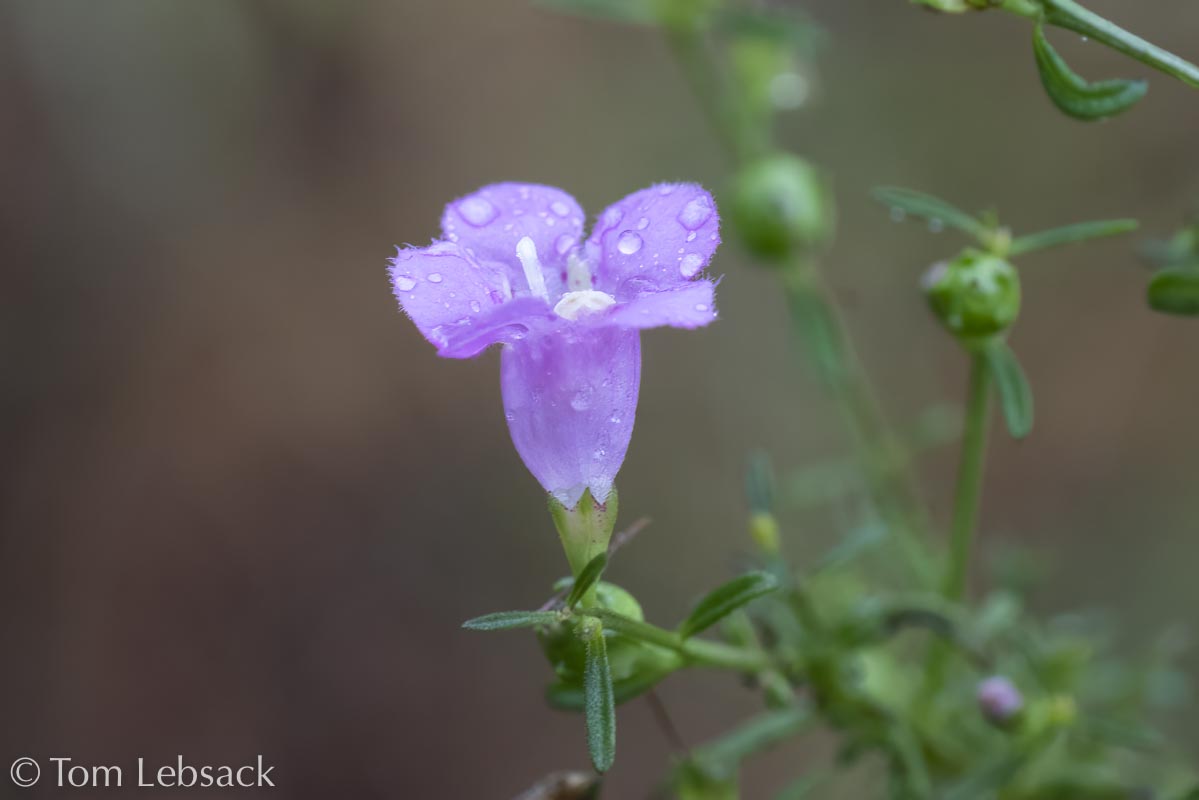Texas Wildbuds
Agalinis fasciculata
(Beach False Foxglove)
| Scientific Name | Agalinis fasciculata | USDA PLANTS Symbol | AGFA2 |
| Common Name | Beach False Foxglove | ITIS Taxonomic Serial No. | 33021 |
| Family | Orobanchaceae (Broomrape) | SEINet Reference |
Click Here |
| Description |
Habitat: Dry or wet, sandy soils; thickets, pastures, fallow fields, roadsides, ditches and waste areas. Plant: Erect annual with simple or branched stems, about 28 inches tall, moderately to very scabrous (rough to the touch). Leaves: Opposite, narrowly-linear, up to 1.2 inches long, pointed tips and slightly folded; edges are entire; well-developed fascicles (bundles of leaves crowded together) in axils similar in size to the adjacent leaf. Inflorescence: Elongated racemes of two pale to dark pink flowers per node; corolla 1 to 1.4 inches long with two flared lips, upper lip 2-lobed and lower 3-lobed with 2 yellow lines and dark red spots in throat; protruding style; calyx tube is less than 0.2-inch long and has triangular lobes. Bloom Period: September and October. References: "Manual of the Vascular Plants of Texas" by Correll and Johnston, "Wildflowers of Texas" by Michael Eason, "Flora of North America" and "Missouri Plants". |
BONAP Distribution Map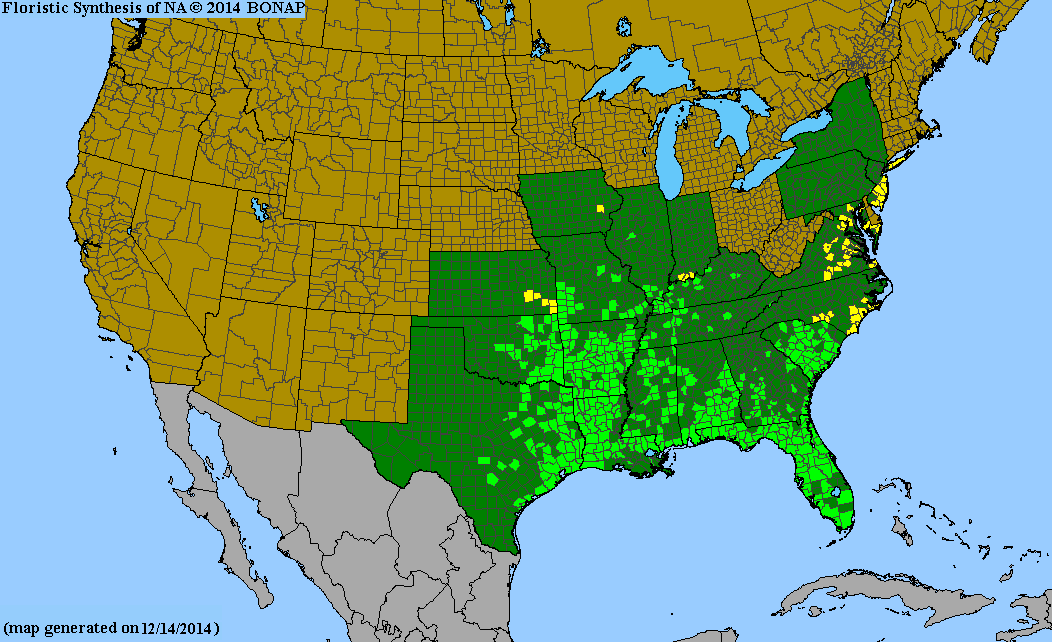 Map Color Key Map Color Key |
Texas Status: Native |
Banner photo of Castilleja indivisa and Lupinus ssp. taken along FM 1323 north of Johnson City, Blanco County
© Tom Lebsack 2025
Every attempt is made to provide accurate, up-to-date, and relevant information, but the completeness or accuracy of any information presented on this website cannot be guaranteed. I use authoritative references to insure high standards of accuracy and review and update the information frequently.
